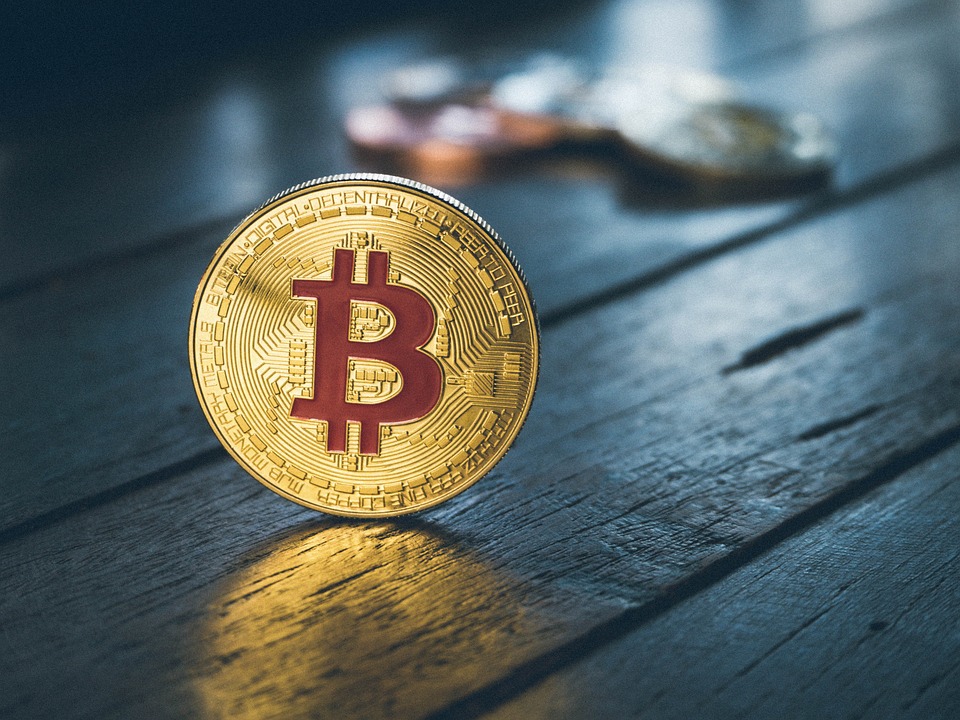
In today’s digital age, the Internet has become an integral part of our daily lives. From communication and entertainment to business and education, the Internet has transformed the way we interact with the world. As technology continues to evolve at a rapid pace, it’s essential to consider what the future holds for the Internet and its impact on technology and connectivity.
The Evolution of Internet Technology
Over the years, the Internet has progressed from a simple network of computers to a vast interconnected web of devices and systems. The evolution of technology has enabled faster and more reliable connectivity, making it easier for people to access information and communicate with each other.
One of the key advancements in Internet technology is the move towards 5G connectivity, which promises to deliver significantly faster speeds and low latency. This will revolutionize the way we use the Internet, opening up new possibilities for streaming, gaming, and the Internet of Things (IoT).
The Rise of Artificial Intelligence and Automation
As technology continues to advance, we are seeing a greater emphasis on artificial intelligence (AI) and automation. These technologies have the potential to transform the way we interact with the Internet, from personalized shopping experiences to autonomous vehicles.
AI-powered chatbots and virtual assistants are already becoming commonplace, providing instant support and information to users. In the future, we can expect to see even more sophisticated AI applications that will enhance our online experiences and streamline day-to-day tasks.
The Internet of Things (IoT)
The Internet of Things (IoT) is another major trend that is shaping the future of the Internet. IoT devices are becoming increasingly integrated into our homes, workplaces, and cities, providing us with greater control and insight into our environments.
From smart home appliances to connected healthcare devices, the IoT has the potential to improve our quality of life and drive greater efficiency in various industries. As IoT technology continues to evolve, we can expect to see new applications and devices that will further integrate the physical and digital worlds.
The Future of Connectivity
With the advent of 5G technology, the future of connectivity is set to be faster, more reliable, and more widespread. This will enable new applications and services, such as augmented reality (AR) and virtual reality (VR), to become more accessible to users.
In addition, advancements in satellite technology and space-based Internet services are also promising to bring connectivity to remote and underserved areas around the world. As a result, the Internet will become more inclusive and accessible, bridging the digital divide and empowering more people to connect and collaborate globally.
Conclusion
The future of the Internet holds exciting possibilities for technology and connectivity. From the proliferation of 5G and AI to the expansion of IoT and space-based Internet, the Internet is set to become faster, more intelligent, and more pervasive than ever before.
As we look ahead, it’s important to consider the implications of these advancements and how they will shape our society and the way we interact with the world. With the right approach, the future of the Internet has the potential to bring about positive change and transform the way we live, work, and communicate.
FAQs
Why do we need the Internet?
The Internet has become an essential tool for communication, education, entertainment, and commerce. It connects people around the world and provides access to a wealth of information and resources.
What are the key technologies shaping the future of the Internet?
Key technologies shaping the future of the Internet include 5G connectivity, artificial intelligence, the Internet of Things, and space-based Internet services.
How will the future of connectivity impact underserved areas?
The future of connectivity, including 5G and space-based Internet services, holds the potential to bridge the digital divide and provide access to underserved areas, empowering more people to connect and collaborate globally.



